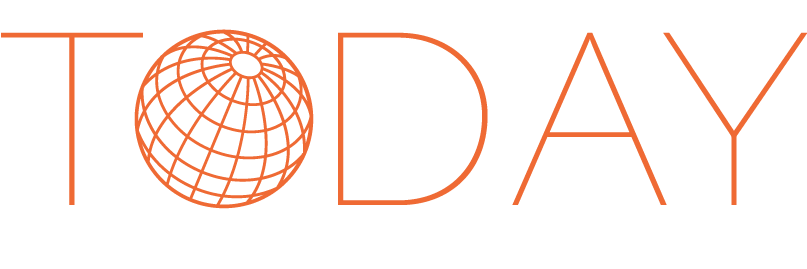What long-term threat to worker safety is being ignored in 2023?
IOM in collaboration with SHW Live asks audiences again 'What long-term threat to worker safety is being ignored?'. With insight gathered from health and safety managers nationwide during the recent SHW Live event. The report highlights the industry concerns and offers solutions to address them effectively.
This report focuses on the following 5 themes:
Considering the impact of the environment on health
Health and safety managers emphasised the significant influence of the work environment on employees' physical and mental well-being. Environmental risk factors contribute to approximately 12.6 million deaths worldwide each year, according to the World Health Organisation. Factors such as air quality, lighting, temperature, and noise levels can lead to work-related illnesses and injuries. Health and safety managers stress the need to identify potential environmental hazards and reduce risks to employees' health. IOM offers services like air quality monitoring, noise and vibration assessments and thermal exposure assessments to assist managers in assessing and managing environmental risks effectively.
Impact of the way work is designed
The design of work plays a crucial role in worker safety and well-being, including psychosocial risks. These factors can contribute to burnout, anxiety, depression, and other mental health issues. Health and safety managers must ensure that work is designed to minimise psychosocial hazard, such as stress, burnout, and workplace bullying. IOM's human factors team can assess and address psychosocial risks, helping organisations create a more positive culture and behaviours within the workplace.
Ensuring policy supports practice
Ineffectiveness of policies emerged as a consistent concern among health and safety managers. Outdated policies and guidance, unable to keep up with the rapid changes in work environments, pose hidden threats to workers' health. Reviewing, improving, and adapting policies is crucial to ensure a safe and healthy workplace. IOM offers support in developing and reviewing policies and procedures to ensure they align with safe practices.
Creating a culture of care
Promoting a safe and healthy workplace requires establishing a culture of care, where employees feel valued and supported, and their health and safety are top priorities. Open communication, training and resources for reporting safety concerns, and empowering employees to address risks are key elements of this culture. The report highlights the importance of fostering such a culture. The benefits of doing this are significant. According to HSE 77% of employees felt encouraged to raise concerns in a good health and safety climate compared to 20% who felt encouraged to do so in a poor health and safety climate.
Considering individual occupational safety and health needs
Recognising that every employee has unique occupational safety and health needs is vital. Health and safety managers should accommodate individuals with disabilities or health conditions, provide mental health resources, and offer training in employees' native languages. By considering these individual needs, health and safety managers can reduce the incidence of work-related ill health and injuries.
In conclusion, health and safety managers have the power to address these long-term threats and create safer and healthier workplaces for employees. IOM stands ready to collaborate with health and safety managers, offering a range of services, including air quality monitoring, policy review and expert guidance. With the right resources and support, organisations of any size can ensure employee safety and well-being, enabling them to deliver their best work.

